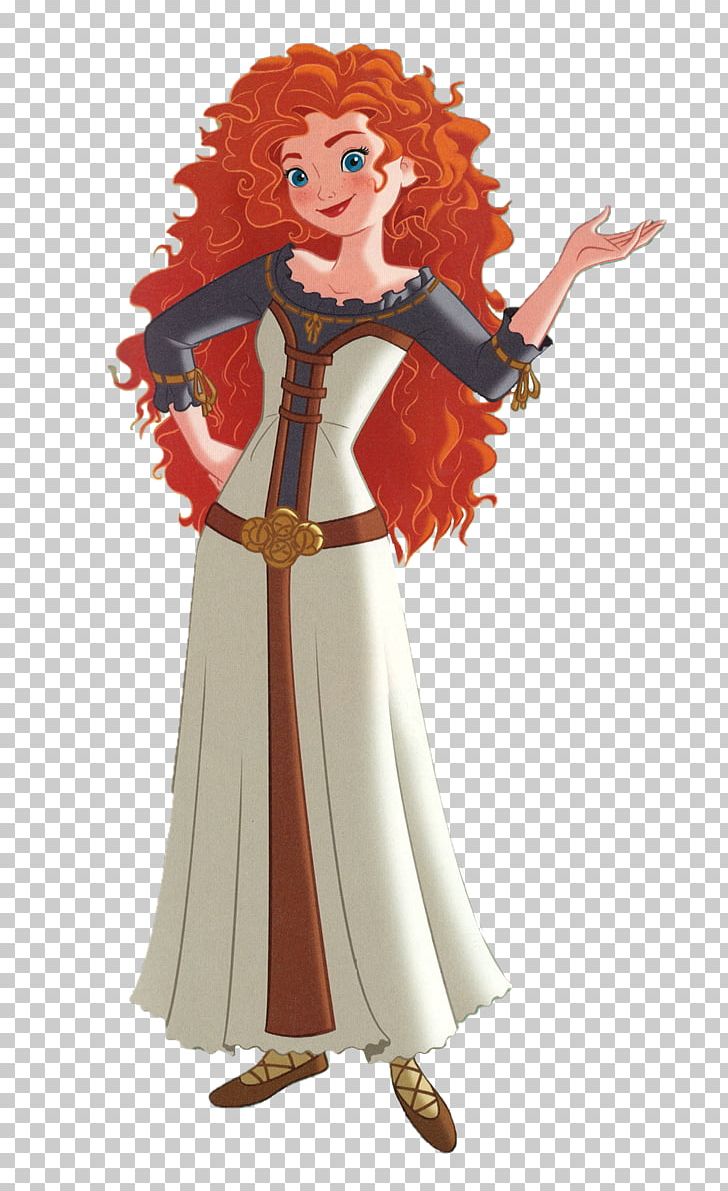

And as they color outside the lines, they, too, will have to face some type of conflict. Given their ability to dip in and out of deviant behavior, they can be exciting characters. Yet, he has moments of altruism, making him difficult to hate too.Ĭharacters like Jack and Lestat are antiheroes. Or how about Lestat de Lioncourt from The Vampire Chronicles? That's one vain man (vampire). He's hard not to like, even though he wouldn't be considered a first-rate citizen. Take Jack Sparrow from the Pirates of the Caribbean movies. Perhaps they're people we'd love to know in the "real world." But, have you ever read a book where the main character was lacking in sound moral judgment?

Typically, we imagine our main characters to be admirable. The antihero can also be the main character in a story. Scott Fitzgerald made Nick the narrator, even though Gatsby was the protagonist. However, that's not a hard and fast rule. If you're writing in the first person and choosing to tell your story through a narrator, that will typically become your protagonist. Protagonists are often heroic, like Katniss, but they don't have to be. Throughout the story, we will watch him or her (or them) face conflict that must be resolved and make key decisions that move the story forward. The protagonist is the central figure around whom the story revolves, like Katniss Everdean in The Hunger Games. We must begin our study with the protagonist, or main character. The next time you pick up a novel, see how many you can spot. Once you're aware of the different character types, you'll find yourself noticing them more and more. Let's take a look at the types of characters in fiction. All of them have a role to play in driving the story, regardless of how large or small that role is. There are nine types of characters generally found in fiction (and movies too).


 0 kommentar(er)
0 kommentar(er)
